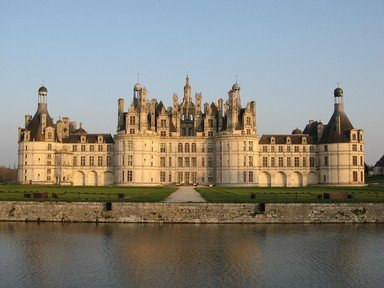Quiz Answer Key and Fun Facts
1. In which castle in France was Henry IV born in 1553?
2. Antoine of Bourbon, also known as Antoine of Navarre, was Henry IV's father. Who was his mother?
3. Although Henry IV was baptised a Catholic, his mother raised him in accordance to which of these faiths?
4. Who was the first wife of Henry IV of France?
5. Henry IV married his first wife in 1572 at Notre-Dame Cathedral. Why did the wedding take place outside the cathedral?
6. Which of these events of French history took place shortly after Henry IV's first wedding?
7. Henry IV became heir to the French throne upon the death of which of these?
8. To gain access to the French throne, Henry IV of France had to take part in the War of the Three Henrys (1587-1589). This involved himself, King Henry III of France, and which of the following?
9. Henry IV was made King of France in 1589, following the assassination of King Henry III by which of these people?
10. Henry IV became King of France in 1589, and fought which battle to retain his throne?
11. In which of these battles, in 1590, did Henry IV take part?
12. Henry IV's repeated failure to capture which of these cities finally drove him to convert to Catholicism?
13. Where was Henry IV crowned in 1594?
14. Which of these did Henry IV establish in 1598?
15. Henry IV inaugurated which of these bridges of France in 1607?
16. Now the oldest square in Paris, which of these did Henry IV order to be built 1605?
17. Who was the second wife of Henry IV?
18. Henry IV was the target of at least 12 assassination attempts during his time on the French throne. Which of these people successfully assassinated him in 1610?
19. Where was King Henry IV of France buried?
20. Who was King Henry IV of France's successor?
Source: Author
LuH77
This quiz was reviewed by FunTrivia editor
ponycargirl before going online.
Any errors found in FunTrivia content are routinely corrected through our feedback system.
